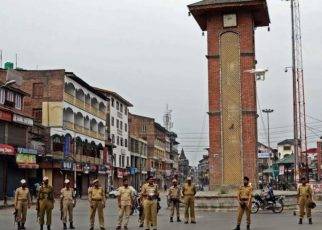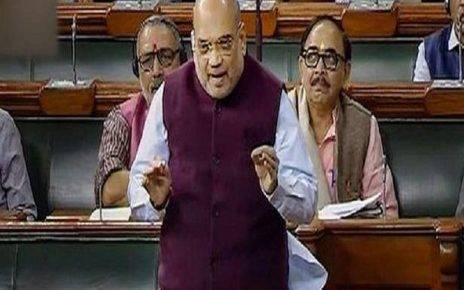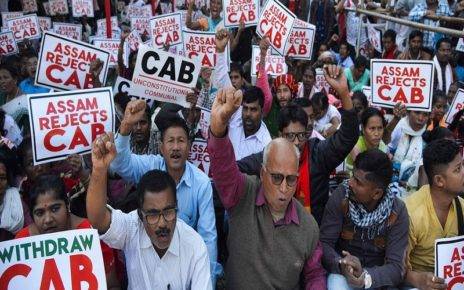NDTV, in a report dated 25th January, 2011, confirmed the arrest of BJP leaders, Sushma Swaraj and Arun Jaitley at Lakhanpur in Jammu and Kashmir. Accompanied by 500 BJP workers, the leaders were proceeding in a procession across a kilometer long bridge that led to Jammu. The BJP’s Ekta Yatra was to have culminated in the hoisting of the national flag at Lal Chowk in Srinagar (the capital of Jammu and Kashmir) to commemorate India’s Republic Day, a move heavily resisted by the Jammu and Kashmir government fearing renewed disturbances in the sensitive area.
History of Srinagar’s Lal Chowk
Lal Chowk was named after the Red Square in Moscow by left-wing activists fighting the then ruler of Jammu and Kashmir, Maharaja Hari Singh. Jawaharalal Nehru, India’s first Prime Minister, hoisted the national flag there in 1948 and promised Kashmiris a referendum that would enable them to decide their political future. Five years later, Nehru is believed to have considered the referendum ‘impractical’. The infamous market square has been a hot-bed for militancy and separatism ever since.
Lal Chowk’s Clock Tower
Naseer Ganai, in his article for India Today dated 17th January, 2011, entitled “A ‘minor’ symbol of nationalism in Srinagar”, introduces us to Lal Chowk’s famous clock tower. Installed by Bajaj Electrics in 1980, the tower’s purpose was to serve as an advertisement for the company. However, it soon became entwined with the politics of the region. The article quotes Prof. Gul Muhammad Wani, a teacher of political science from Kashmir University, who says, “Lal Chowk has been historically important right from 1947. Sheikh Muhammad Abdullah and the first prime minister of India Jawaharlal Nehru gave several significant speeches here.” He goes on to point out that it was BJP leader Murli Manohar Joshi who turned the tower into a political symbol by hoisting the national flag on it in 1991, amidst increasing separatist activity in the area. It is believed that militants fired thousands of bullets in the air that day to indicate their abhorrence of the act. Today, the tower remains a rallying point for political gatherings organized by mainstream political parties such as the National Conference and PDP.
The state government is currently renovating the tower to restore its elegance in traditional Kashmiri architecture and it remains to be seen if this restoration serves as a good omen that eventually brings about permanent peace in the troubled valley.
A Brief History of the Kashmir Dispute
The Kashmir dispute is a thorn in India-Pakistan relations that restrains any forward movement towards a lasting settlement between the two nuclear-armed neighbors. The dispute carries an excessive amount of historical baggage dating back to 1846 when the state was created under the Treaty of Amritsar between the East India Company and Raja Gulab Singh of Jammu who purchased the predominantly Muslim Kashmir valley and integrated it into his constituents of Hindu-dominated Jammu and Ladakh. On 26th October, 1947, the ruler of the State of Jammu and Kashmir, Maharaja Hari Singh, signed the Instrument of Accession, yielding the state to the Indian Union along with its 75 percent Muslim majority. Pakistan contended that the accession was illegal and the dispute remains unresolved ever since.





